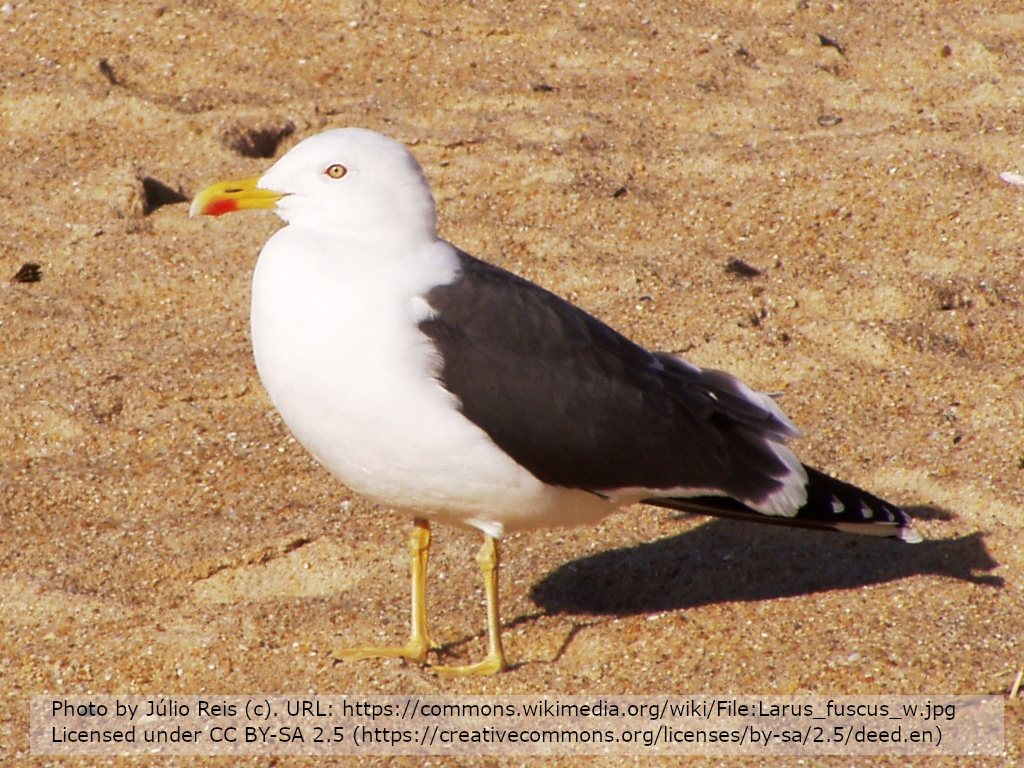Long-term population trends in the Lesser Black-backed Gull Larus f. fuscus at Stora Karlsö and Lilla Karlsö, and initial results on breeding success
DOI:
https://doi.org/10.34080/os.v15.22745Keywords:
population studies, survey, monitoring, breeding biologyAbstract
Censuses of the breeding population of the nominate race of Lesser Black-backed Gull Larus fuscus fuscus were performed on the islands Lilla Karlsö and Stora Karlsö in the Baltic Sea in 2003 and 2004. At Lilla Karlsö, 126 and 136 nests were found, whereas the figures for Stora Karlsö were 532 and 477. These figures were evaluated together with previous censuses and the conclusion is that the population of both islands has recovered from the decrease that took place during the eighties and early nineties. The breeding success was found to be very low in 2003 and 2004 – about 0.11 respectively 0.02 fledglings/nest at Stora Karlsö and 0.16 respectively 0.07 at Lilla Karlsö. The reasons for the reproductive failure are not clear.
Downloads

Downloads
Published
How to Cite
Issue
Section
License
The copyright of each contribution belongs to the author(s), but all contributions are published under a Creative Commons license, so that anyone is free to share and reuse the contribution as long as the copyright holder is attributed.







